Who Inspired Gatsby? Real-Life Figures Behind Fitzgerald's Masterpiece
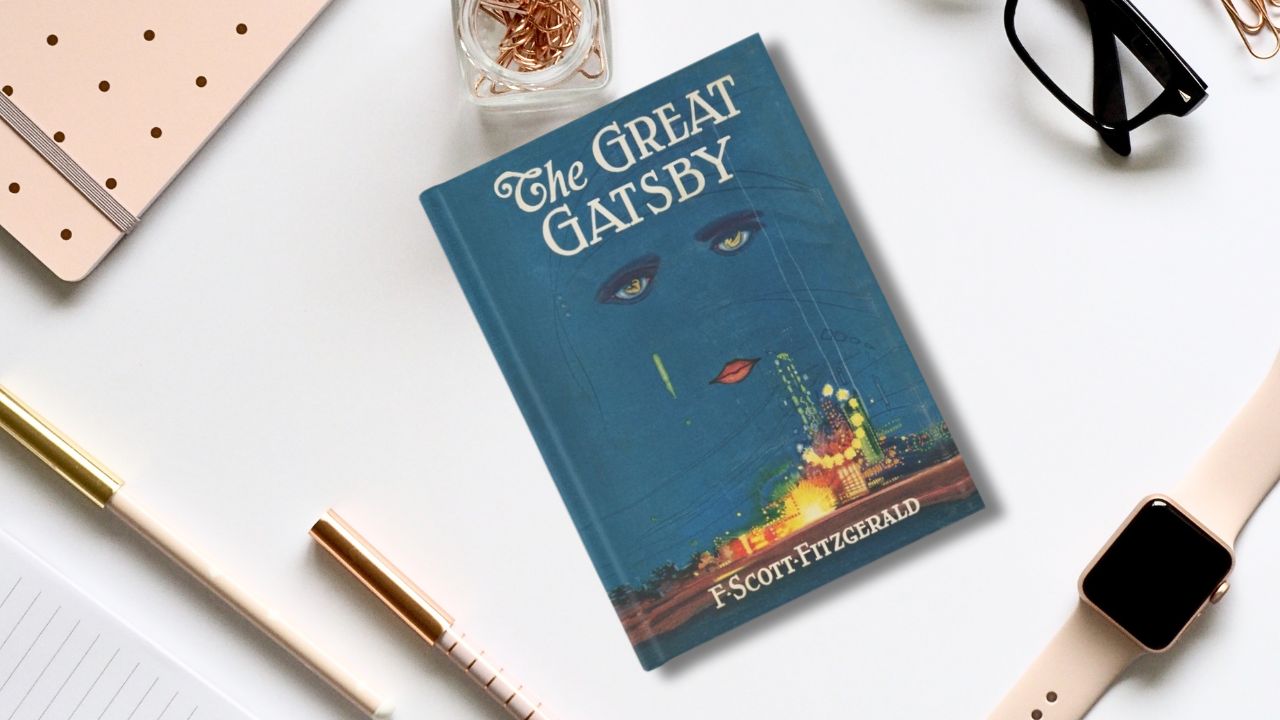
Table of Contents
The Enigma of Jay Gatsby: Combining Multiple Inspirations
Jay Gatsby isn't a simple carbon copy of a single individual. His character is a masterful composite, a blend of various personalities and experiences that Fitzgerald encountered during his life. He's a multifaceted character whose allure stems from this very complexity. Understanding who inspired Gatsby requires recognizing that the answer isn't singular.
- Gatsby's self-made millionaire status and relentless pursuit of the American Dream: This reflects the aspirational spirit of the 1920s, a time of rapid economic growth and social mobility. Gatsby embodies the possibility of achieving wealth and status through sheer determination, albeit through questionable means.
- His mysterious past and the allure of his lavish parties: The secrecy surrounding Gatsby's origins adds to his mystique. His extravagant parties, filled with beautiful people and endless champagne, are a testament to his newly acquired wealth and his desperate attempts to attract Daisy.
- His idealized love for Daisy Buchanan: Gatsby's unwavering devotion to Daisy, even after years of separation, forms the emotional core of the novel. This idealized, almost obsessive love drives his actions and ultimately leads to his downfall.
- His tragic downfall: Gatsby's demise serves as a cautionary tale about the corrupting influence of wealth and the unattainable nature of the past. His relentless pursuit of the American Dream ultimately leads to his destruction.
The Real-Life Gatsbys: Examining Potential Prototypes
Several real-life figures from Fitzgerald's era are considered potential prototypes for Gatsby's character. While none perfectly match the fictional character, they offer valuable insights into the inspirations behind Gatsby's creation.
Max Gerlach: A Bootlegger's Influence
Max Gerlach was a prominent bootlegger during Prohibition, amassing a considerable fortune through illegal activities. His life bears several striking similarities to Gatsby's.
- Gerlach's wealth and lavish lifestyle: Like Gatsby, Gerlach lived a life of extravagance, hosting lavish parties and enjoying the finer things in life. This association with wealth and the excesses of the Jazz Age is a key aspect of Gatsby's persona.
- His connections to the underworld: Gerlach's involvement in the illegal alcohol trade mirrors Gatsby's own ambiguous business dealings. This shadowy element adds to the mystery and intrigue surrounding both characters.
- His complex relationships: Gerlach's personal life, much like Gatsby's, was marked by complex and often tumultuous relationships, adding another layer of realism to the inspiration for Gatsby's character.
Edward "Eddie" Montgomery: Flamboyant Socialite
Edward Montgomery, another wealthy figure of the Jazz Age, provides further insight into the potential inspirations for Gatsby. His life, although different in detail, shares certain parallels with Gatsby's.
- Montgomery's flamboyant lifestyle and social connections: Montgomery moved in the same elite social circles as Fitzgerald, offering a firsthand glimpse into the extravagant lifestyles that would later inspire the novel.
- Any potential romantic entanglements that mirror Gatsby's: While specific parallels to Gatsby's relationship with Daisy remain speculative, Montgomery's social life likely provided Fitzgerald with observations of romantic entanglements among the wealthy elite.
- His influence on Fitzgerald's portrayal of the wealthy elite: Montgomery’s life offered Fitzgerald a window into the world of the wealthy and powerful, shaping his understanding of their behavior and motivations.
Fitzgerald Himself: Autobiographical Echoes
Perhaps the most significant inspiration for Gatsby comes from Fitzgerald himself. The novel contains strong autobiographical elements reflecting Fitzgerald's own aspirations and struggles.
- Fitzgerald's yearning for wealth and social acceptance: Fitzgerald's own ambition to gain wealth and acceptance within high society mirrors Gatsby's relentless pursuit of the American Dream and Daisy's approval.
- His complex relationship with Zelda Sayre: Fitzgerald's tumultuous relationship with Zelda, marked by periods of separation and reconciliation, heavily influenced the romantic complexities at the heart of The Great Gatsby.
- The parallels between Gatsby's pursuit of Daisy and Fitzgerald's pursuit of Zelda: The parallels are undeniable, highlighting the deeply personal nature of Gatsby's quest for love and belonging.
Beyond Gatsby: The Real-Life Inspirations for Other Characters
The real-life influences extend beyond Gatsby himself. Other characters in the novel also likely drew inspiration from real people in Fitzgerald’s life and observations of society.
Daisy Buchanan: The Flapper Ideal and Beyond
Daisy Buchanan, the object of Gatsby's affection, reflects societal expectations of women during the 1920s, particularly the emerging "flapper" culture.
- Daisy's superficiality and desire for wealth and status: This reflects certain societal pressures on women at that time to maintain a certain lifestyle and social standing.
- Her role as a symbol of the flapper generation: Daisy embodies both the freedom and the limitations experienced by women in the Roaring Twenties.
- Potential real-life counterparts in Fitzgerald’s social circle: While no specific person is definitively named as the model for Daisy, various women Fitzgerald knew likely contributed to shaping her personality and motivations.
Tom Buchanan: Arrogance and Entitlement Embodied
Tom Buchanan, Daisy's brutish and powerful husband, embodies the arrogance and sense of entitlement of the wealthy elite.
- Tom's arrogance and infidelity: These characteristics reflect the attitudes of some members of the wealthy class who felt above the law and social constraints.
- His sense of entitlement and disregard for others: Tom's behavior mirrors the disregard for social norms and the exploitation of others that characterized some members of the wealthy elite during this period.
- Potential real-life figures who embody similar characteristics: Fitzgerald's observations of individuals within his social circles likely shaped his portrayal of Tom Buchanan.
Conclusion
The precise inspiration for Jay Gatsby remains a matter of ongoing scholarly debate. However, by examining the lives of figures like Max Gerlach and Edward Montgomery, along with the deeply personal experiences of Fitzgerald himself and his observations of the social dynamics of the Jazz Age, we gain a richer appreciation for the multifaceted nature of Gatsby's character and the novel as a whole. While Gatsby isn't a direct copy of any one person, he is a captivating blend of reality and artistic license. Who inspired Gatsby? The answer, ultimately, is a tapestry woven from multiple threads of reality, ambition, and heartbreak. Dive deeper into the history and context of The Great Gatsby to unlock further layers of meaning. Continue your exploration of who inspired Gatsby by reading more about the Jazz Age and the lives of those who inhabited it.

Featured Posts
-
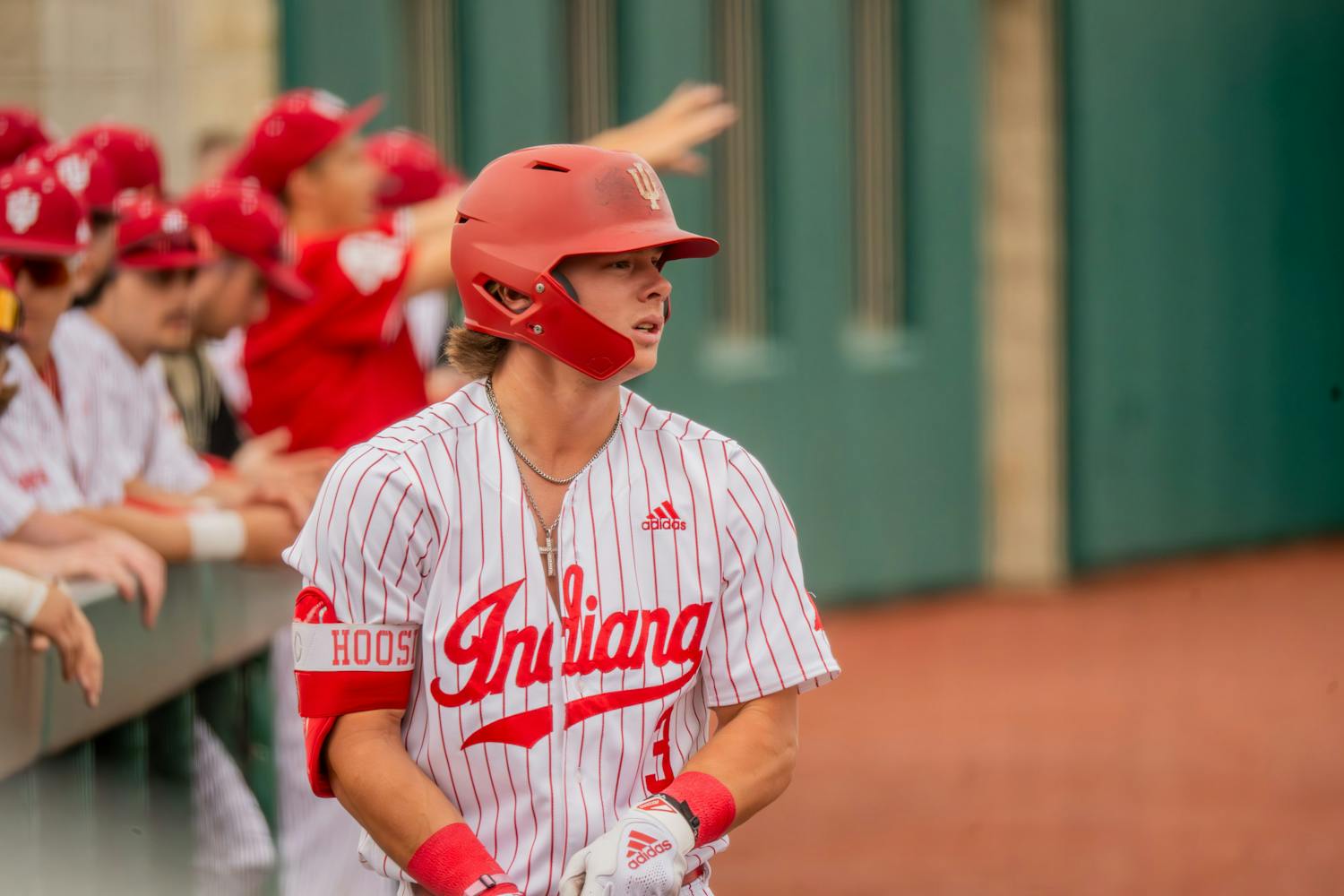 Tennessee Baseball Dominates Indiana State 12 1
May 12, 2025
Tennessee Baseball Dominates Indiana State 12 1
May 12, 2025 -
 Payton Pritchard Analyzing His Breakout Nba Season And Sixth Man Award Chances
May 12, 2025
Payton Pritchard Analyzing His Breakout Nba Season And Sixth Man Award Chances
May 12, 2025 -
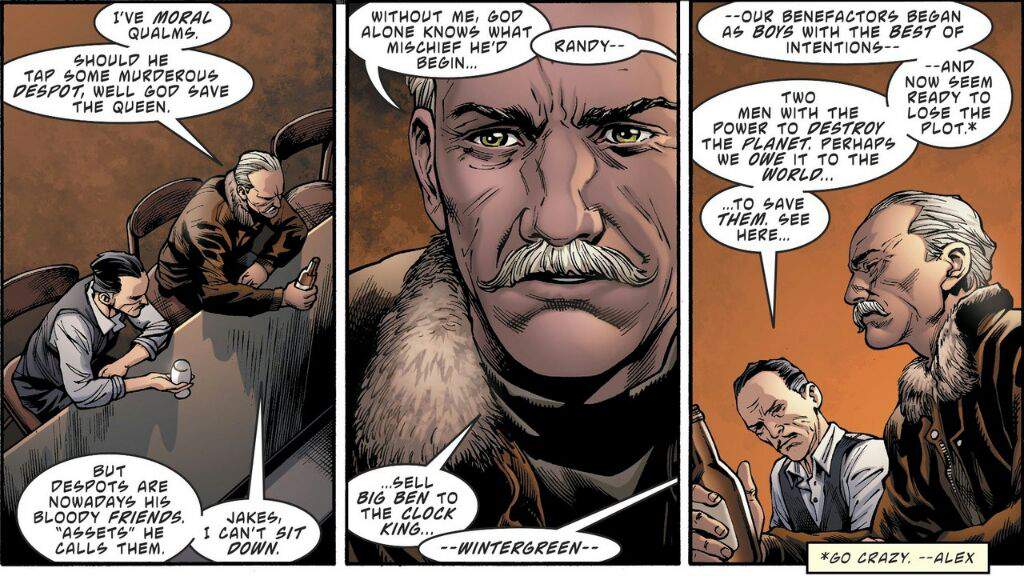 The Return Of John Wicks Most Underrated Character A Look Back And Ahead
May 12, 2025
The Return Of John Wicks Most Underrated Character A Look Back And Ahead
May 12, 2025 -
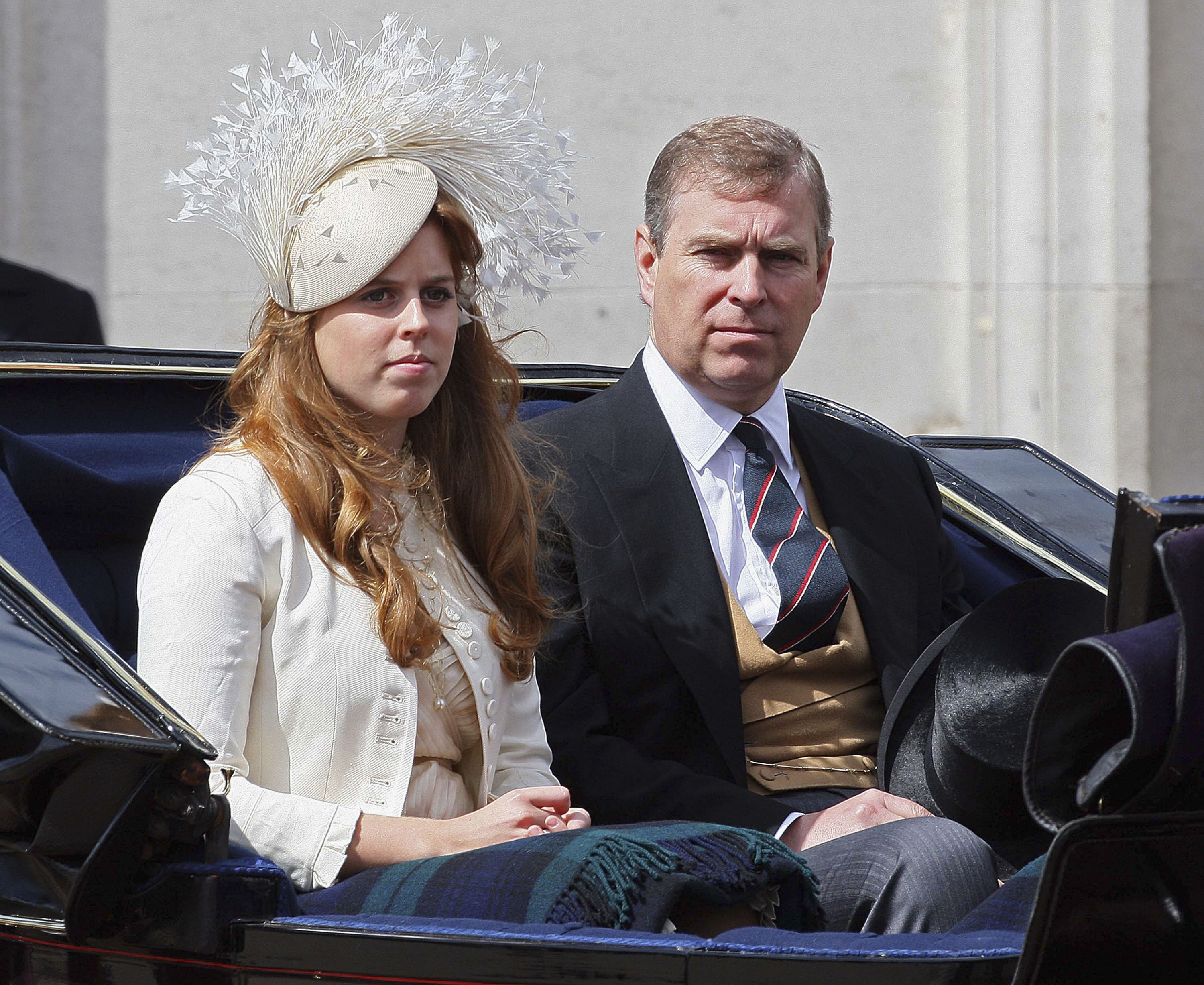 Reflecting On The Past Princess Beatrice On Prince Andrew And Fergies Separation
May 12, 2025
Reflecting On The Past Princess Beatrice On Prince Andrew And Fergies Separation
May 12, 2025 -
 Belal Muhammad Vs Jack Della Maddalena Ufc 315 Faceoff Showdown
May 12, 2025
Belal Muhammad Vs Jack Della Maddalena Ufc 315 Faceoff Showdown
May 12, 2025
Latest Posts
-
 Future Of Mtv Movie And Tv Awards Uncertain After 2025 Cancellation
May 12, 2025
Future Of Mtv Movie And Tv Awards Uncertain After 2025 Cancellation
May 12, 2025 -
 The Challenge 41 Which Fan Favorite Was Eliminated
May 12, 2025
The Challenge 41 Which Fan Favorite Was Eliminated
May 12, 2025 -
 Mtv Cribs Comparing The Homes Of Todays Wealthy Youth To Past Generations
May 12, 2025
Mtv Cribs Comparing The Homes Of Todays Wealthy Youth To Past Generations
May 12, 2025 -
 Rich Kids Cribs A Tour Of Opulence And Excess On Mtv
May 12, 2025
Rich Kids Cribs A Tour Of Opulence And Excess On Mtv
May 12, 2025 -
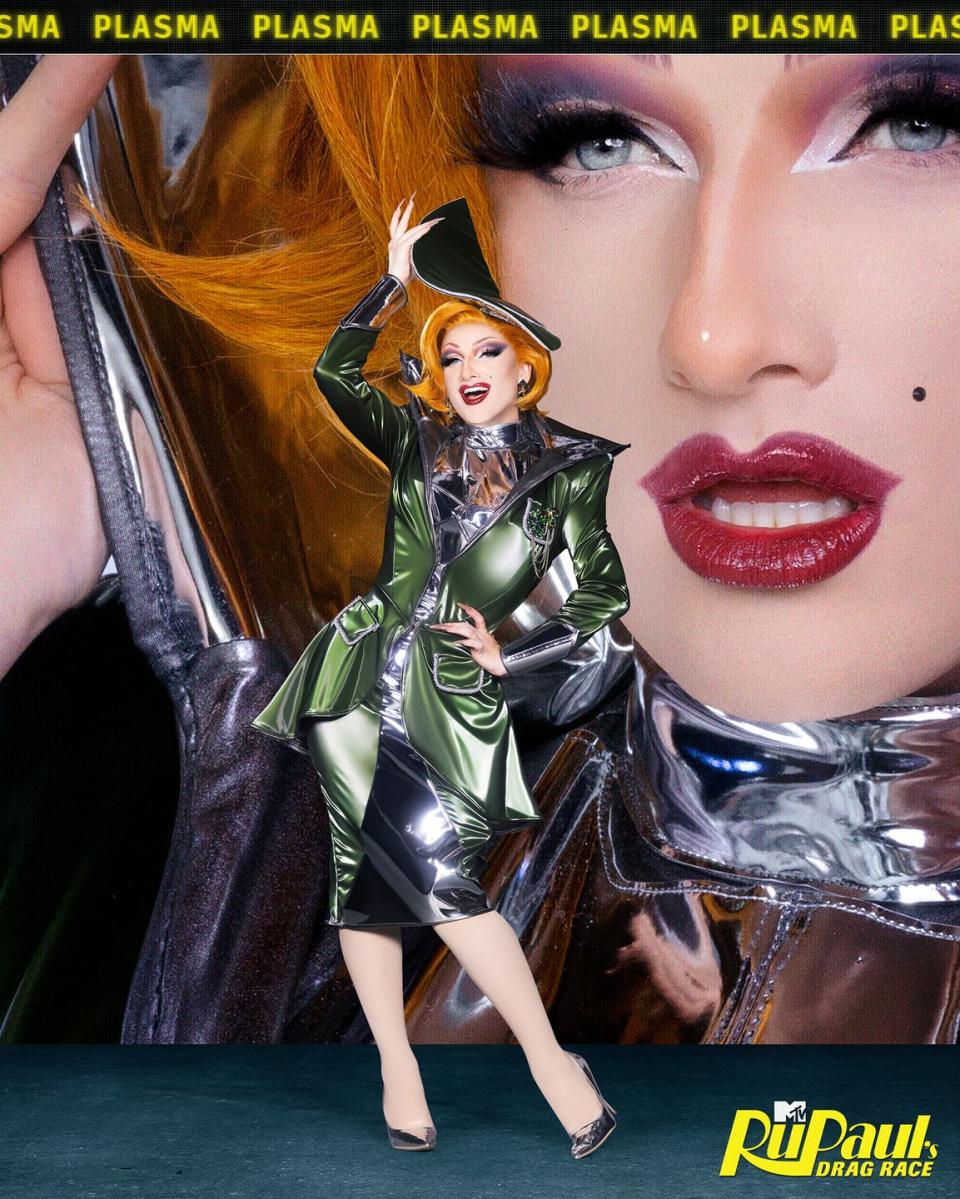 Ru Pauls Drag Race S17 E13 Preview A Family Affair Drag Baby Mamas
May 12, 2025
Ru Pauls Drag Race S17 E13 Preview A Family Affair Drag Baby Mamas
May 12, 2025
